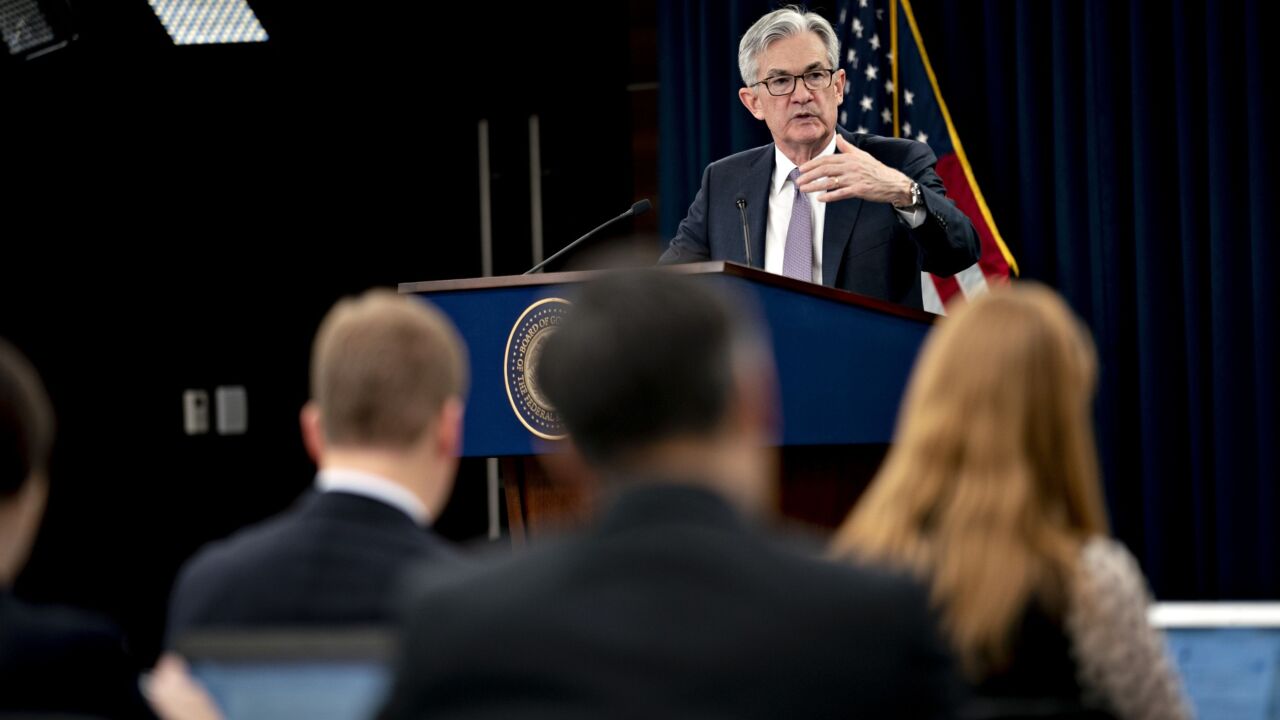Private student loans made before the financial crisis were once considered a toxic asset. A recent transaction by Cerberus Capital Management shows how much things have changed.
Last month, the distressed debt specialist securitized a $414 million portfolio of seasoned loans it had acquired (via its FirstKey affiliate) in December 2017 from Bank of America; the deal’s strong reception could help revive demand for this asset class, encouraging more banks to shed their holdings, much as they have unloaded federally guaranteed student loans.
Towd Point Asset Trust 2018-SL1 wasn’t the first securitization of legacy private student loans since the financial crisis, but it was by far the largest. Since December 2016, DBRS has rated several other deals consisting of this type of collateral, none of them half as big. These include three transactions for Goal Structured Solutions, and transactions for Loan Science and EdLinc.
All were “opportunistic” deals with collateral from several different pre-crisis private student loan originators that are no longer in business, according to Jon Riber, DBRS’ senior vice president, U.S. ABS.
“This is definitely something people are exploring,” Riber said.

FirstKey is Cerberus’ securitization arm; previously it had only used the Towd Point platform to acquire and securitize nonperforming and reperforming mortgages; 2018-SL1 was its first student loan deal.
The transaction is also notable because much of the collateral was originated by Bank of America under an agreement with First Marblehead (now Cognition Financial) that funneled loans into a now-defunct platform called National Collegiate Student Loan Trust. Recently, the Consumer Financial Protection Bureau reached a settlement with several NCSLT trusts and their debt collector over allegations that included violating consumer laws by pursuing collections for debts they could not prove were owned.
The association did not appear to impact demand for FirstKey’s deal, however.
In its presale report, DBRS stated that it does not believe that TPAT 2018-SL1 will have similar documentation issues related to loan ownership because Bank of America has held the student loans now in the trust on its balance sheet since origination. Moreover, FirstKey “will generally be obligated to purchase a loan out of the TPAT 2018-SL1 transaction, or otherwise indemnify the issuing trust, if the loan is missing its executed promissory note,” the presale report states.
Underwriting standards for private student loans were much looser before the financial crisis, as lenders counted on being able to bundle them into collateral for bonds. But when the securitization market ground to a halt, those left holding these loans – typically in some kind of a warehouse facility – were stuck with them.
Riber explained that, “in the event of a default, the warehouse lender, or its investors, usually has options to liquidate the underlying collateral, which is typically done through whole loan sale or securitization take out.” However, once the entire securitization market dried up, this option became too costly. And as it was common for pools to be priced at much less than par, many lenders thought, “we’ll just sit on it until things hopefully improve,” he said.
Ten years later, these loans are more seasoned and are performing much better, making them a better candidate for securitization. The student loans in Cerberus’ deal have been in active repayment for more than 97 months, with initial disbursements occurring from 2001 to 2009.
Some 3.3% of the trust student loans are delinquent more than 30 days, and DBRS expects that a large percentage of these loans will be charged off; another 3% are in forbearance and 3.2% are in deferment. The rating agency expects 15.3% to default over the life of the transaction, in its base-case scenario.
It helps that the student loan refinance market has evolved and is performing very well, which has stoked demand for student loan ABS in general, and there have been fewer securitizations of newly originated in-schools. Sallie Mae Bank, Navient and College Ave. are tapping the securitization market, but two other big holders, Wells Fargo and Discover, have kept the loans they make on balance sheet.
“There’s a lot of demand, but not as much securitization as there was before the financial crisis,” Riber said.
There’s still a significant amount of pre-crisis seasoned private student loan collateral on banks’ and other holders’ balance sheets that could potentially be available to be securitized. MeasureOne estimates that the figure is $19 billion, though this only includes holders that report to the company.
Riber thinks the total amount outstanding could be higher, perhaps $25 billion to $30 billion. He said these loans have been paying down fairly rapidly recently, in part because of the increasing availability of refinance loans for borrowers with good credit and high incomes.




